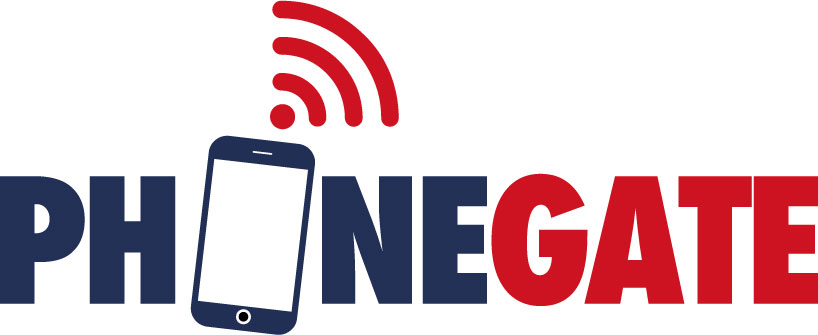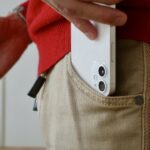In a new press release dated 16 July 2019, the French National Frequency Agency (ANFR) published an inspection of NOKIA 6.1 (TA-1043) marketed by the Finnish manufacturer HMD GLOBAL OY, which revealed that the regulatory limits for the specific absorption rate (SAR) had been significantly exceeded at the trunk level.
And ANFR to indicate:
“Measurements were made at an accredited laboratory to verify the compliance of this phone with European requirements for the SAR located “trunk”. These requirements require that terminals be assessed at a maximum distance of 5 mm and must comply with the regulatory limit value of 2 W/kg. ANFR measurements revealed values exceeding this limit.”
Indeed, the European SAR limit imposes a maximum exposure for the body (trunk) of 2W/kg. However, the Nokia 6.1 significantly exceeded this value, almost doubling with a SAR of 3.58W/kg.
In a few weeks, the ANFR has already pinned the brand’s third model, after the Nokia 5 and Nokia 3 in April 2019.
Deception on measurement distance to distort the actual SAR level
During our research, we revealed from the official German database published by the Bundesamt für Strahlenschutz (BFS – Federal Office for Radiation Protection) that four other models from the manufacturer HMD GLOBAL OY (Nokia 1, 2.1, 3.1, and 5.1) had been put on the market since June 2018, in violation of French and European regulations. To display low SAR levels, measurements on these four models were taken 15mm from the body (instead of 5mm).
We now have proof of this with the tests carried out by ANFR on the Nokia 6.1 model which, as shown in the manufacturer’s manual (page 85), has also been tested at a distance of 15mm.
Suspicion of widespread deception
The BFS Open DATA database also shows that the head and trunk SAR levels of all Nokia models sold on the European market are, before controls, particularly high and give rise to a general suspicion of deception on the part of the Finnish manufacturer.
Since the entry into force of the new European Directive (2014/53/EU), the severity of control is even lower than before. It now relies essentially only on declarations from manufacturers or their agents. Under their responsibility, they carry out the self-certification of their products according to a procedure based mainly on an “internal production control”. Under their responsibility, they also draw up and make available to the authorities and the public the measurement reports and certificates of conformity of the products with legal requirements.
We are now seeing the consequences, both for the manufacturer Nokia and for the Chinese Xiaomi.
Collective action for French Nokia 6.1 owners
The owners and users of Nokia 6.1 smartphones concerned will be able to assert their rights by joining the class action launched against HMD GLOBAL OY on the V platform for Verdict. They will also be able to obtain reimbursement for their purchase and possible damages estimated at 2,000 euros.
For V for Verdict:
“The class action against NOKIA (HMD GLOBAL) will be open to thousands of owners of Nokia 6.1, concerned by the Finnish manufacturer’s illegal practices. We hope that users will mobilize to demand compensation for their damages. »
Additional criminal complaint
Me Elias Bourran, lawyer at the Paris Bar, will, on behalf of Phonegate Alert NGO, file an additional complaint against the Finnish manufacturer.
For this member of the International Phonegate Lawyers Consortium:
“This new inspection really shows the manufacturer’s impunity, even though a complaint has been filed with the public prosecutor’s office in Lyon for several of his models. We will use the legal and judicial arsenal to stop these acts. »
Especially not to keep a Nokia in contact with the body
We recommend that all Nokia brand owners be particularly vigilant, store their mobile phones in a location that is as far away from the body as possible (avoid, for example, storage in a trouser pocket) and do not stick them near the ear.
For Dr Marc Arazi, President of Phonegate Alert NGO (an association that aims to protect the health of mobile phone users):
“Particular attention must be paid to children, young people, pregnant women and pacemaker carriers who are more sensitive than the rest of the public to the effects of radiation on their health. It is also distressing to note that three years after the publication by ANSES (Agence nationale de sécurité sanitaire de l’alimentation, de l’environnement et du travail) of its July 2016 report, the public authorities have not implemented the important recommendations of this report aimed at strict compliance with SAR levels, which is also in real use in direct skin contact. We’re still at 5mm tests.”

![[Press release] Nokia smartphone SAR: general deception suspected](https://phonegatealert.org/wp-content/uploads/2019/07/Nokia-Logo-1080x675.jpg)


